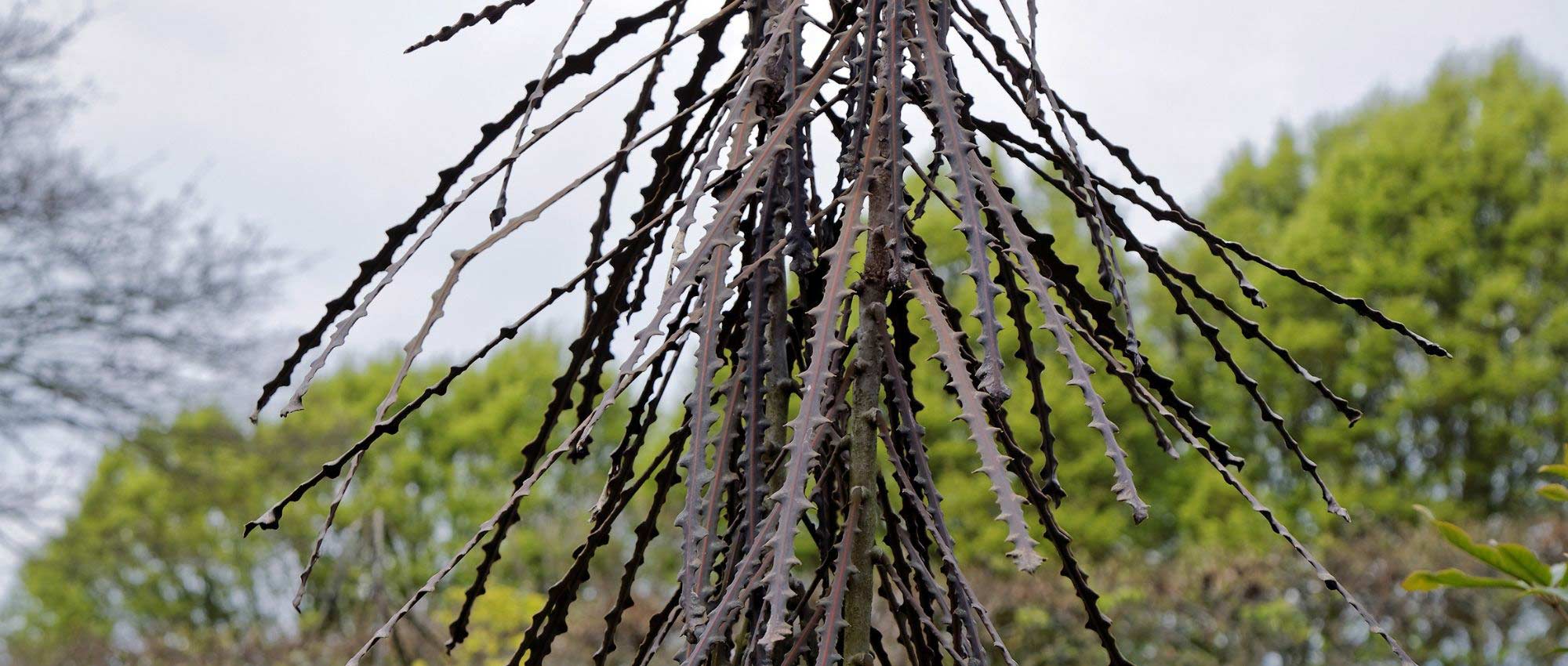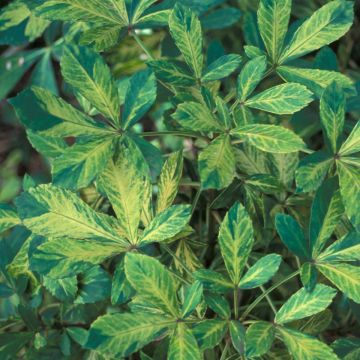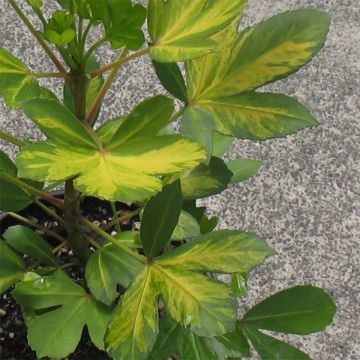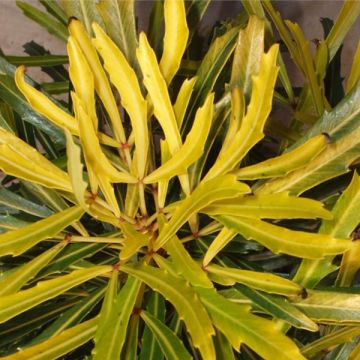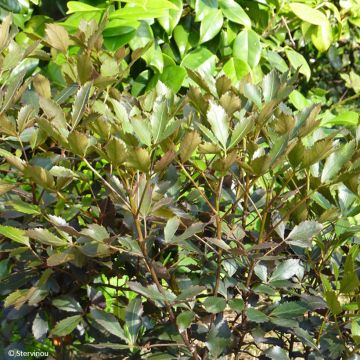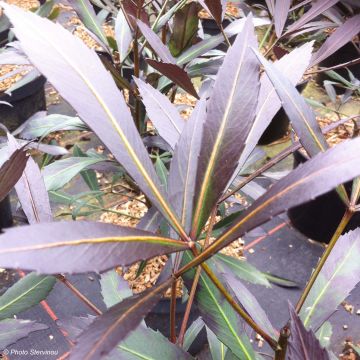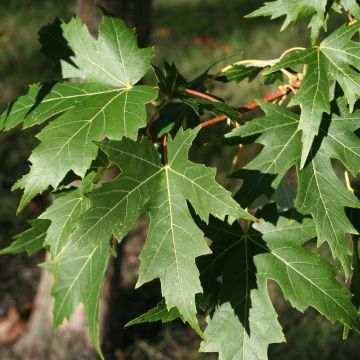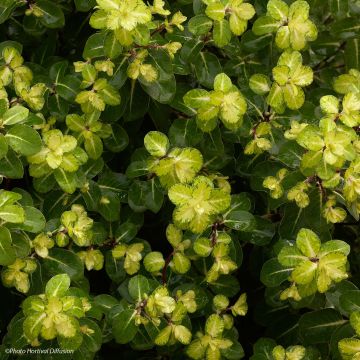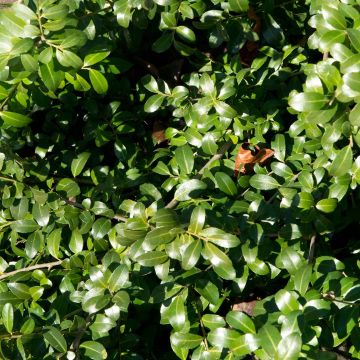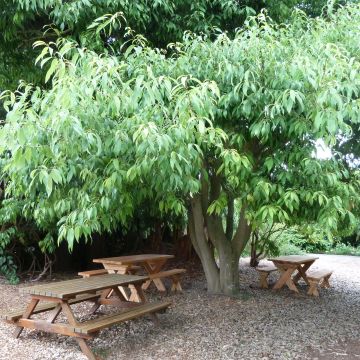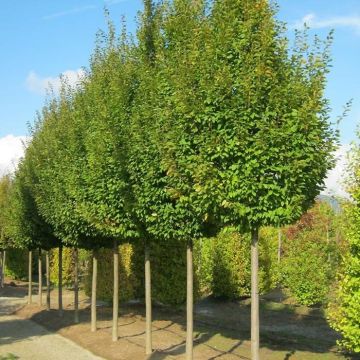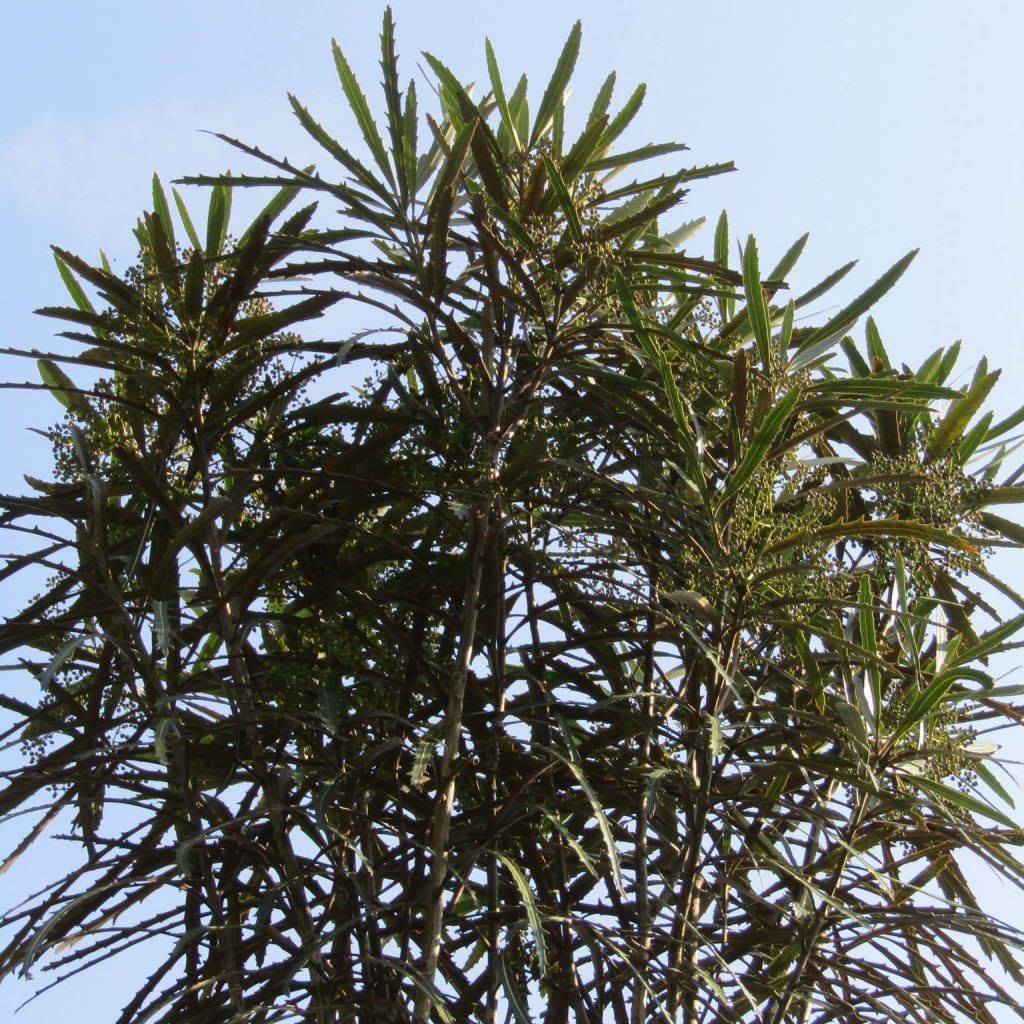

Pseudopanax crassifolius (crassifolium)
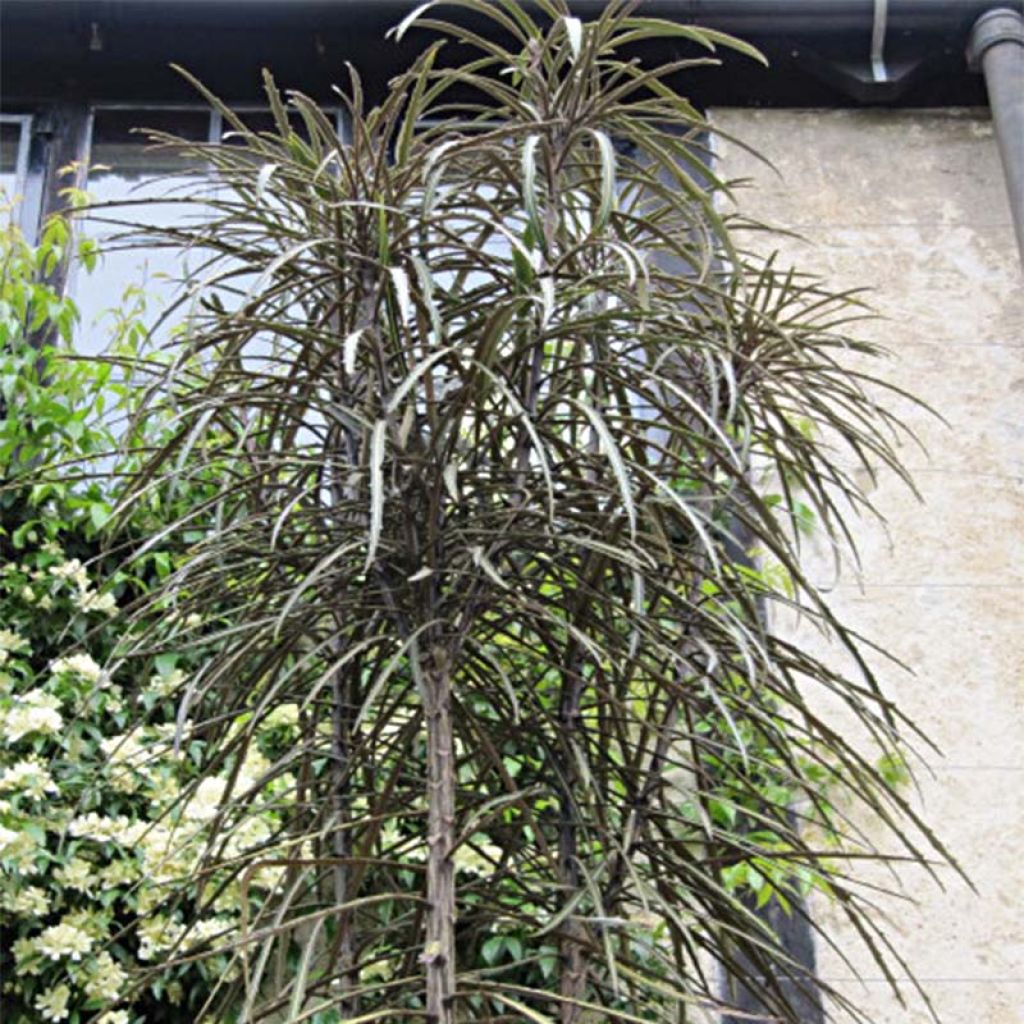

Pseudopanax crassifolius (crassifolium)
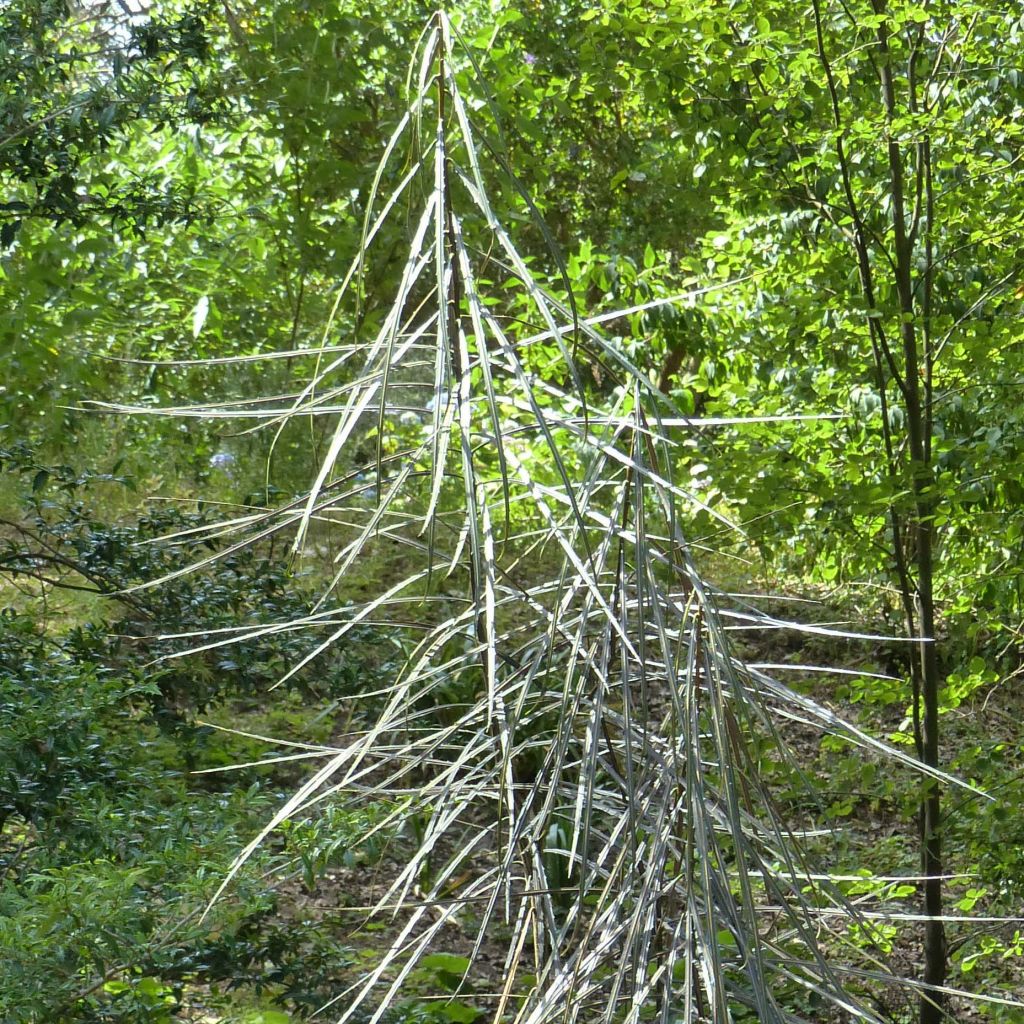

Pseudopanax crassifolius (crassifolium)
Pseudopanax crassifolium
Pseudopanax crassifolium
Special offer!
Receive a €20 voucher for any order over €90 (excluding delivery costs, credit notes, and plastic-free options)!
1- Add your favorite plants to your cart.
2- Once you have reached €90, confirm your order (you can even choose the delivery date!).
3- As soon as your order is shipped, you will receive an email containing your voucher code, valid for 3 months (90 days).
Your voucher is unique and can only be used once, for any order with a minimum value of €20, excluding delivery costs.
Can be combined with other current offers, non-divisible and non-refundable.
Home or relay delivery (depending on size and destination)
Schedule delivery date,
and select date in basket
This plant carries a 24 months recovery warranty
More information
We guarantee the quality of our plants for a full growing cycle, and will replace at our expense any plant that fails to recover under normal climatic and planting conditions.
Would this plant suit my garden?
Set up your Plantfit profile →
Description
Pseudopanax crassifolius or crassifolium is a small evergreen tree from New Zealand, similar to the Pseudopanax ferox, but with less abundant foliage. It is appreciated for its partially open umbrella habit, with its long, slender, trailing, slightly dentate juvenile leaves resembling the ribs of an umbrella. This strange species goes through three successive stages to achieve its final foliage. The mature leaves, forming a crown on a slender trunk, are shorter, wider, rounded, and have smooth edges. It forms a striking bush with an elegant, graphic, and unusual appearance in both garden and pot. Plant this unusual plant in full sun, in well-drained but moist soil. It particularly thrives in mild oceanic climates. Gardeners in colder regions should give it a prominent place on the patio during the summer and protect it from severe frost in winter.
Pseudopanax crassifolium belongs to the Araliaceae family, just like the Angelica tree. It is native to New Zealand, specifically low-altitude forests that cover a few valleys along the coast. It is quite rare in cultivation. It is a bush that prefers humus-rich, fertile, and slightly acidic soil, and a mild and humid oceanic climate. It can reach a height of 5 to 6 metres, but takes up little space on the ground: at maturity, its crown will not exceed 1.5 metres (5 feet) in width. Its growth is quite fast. Young plants grow on a single trunk, bearing spectacular juvenile leaves that hang towards the ground, measuring 45 cm (18in) in length and inserted at an angle of less than 45 degrees (113°F). They are thin, thick, rigid, grey-brown to purplish in colour, with a reddish central area and small rounded teeth along the edges. Over time, this bush becomes bare at the base and develops a spreading crown of mature leaves at the top of its trunk. These leaves are 15 cm (6in) long, lanceolate in shape, and dark green. When mature, the plant produces green umbels of flowers.
Most often cultivated for the strange beauty of its juvenile leaves, Pseudopanax crassifolius leaves no one indifferent: you either love it or hate it. It is a fascinating plant, a survivor of ancient forests. It is admired for its extraordinary graphic design, which, let's admit, is quite difficult to associate with a traditional garden. This bush has its place in a large exotic group, alongside tree ferns (Dicksonia), Cycas, Araucaria (in a large garden), or horsetails, for example. Hardy to -10°C (14°F), it requires neutral to acidic, humus-rich, well-drained soil, and a sheltered position from cold, dry winds in mild climates. It is also a collector's plant, to be grown in a large pot that can be stored in a conservatory or greenhouse during winter.
Pseudopanax crassifolium in pictures
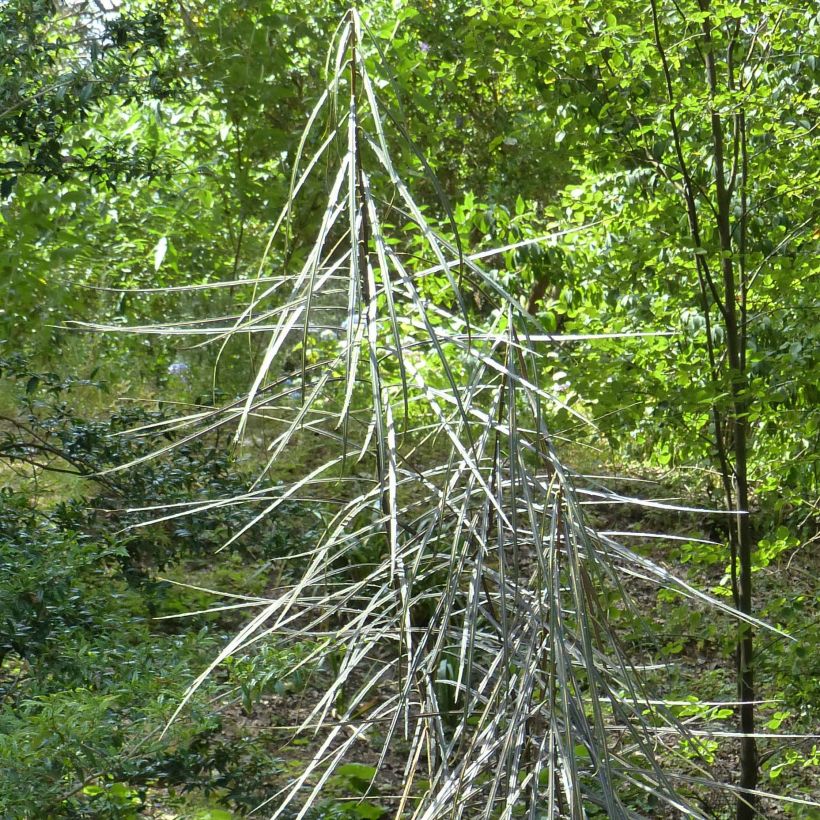

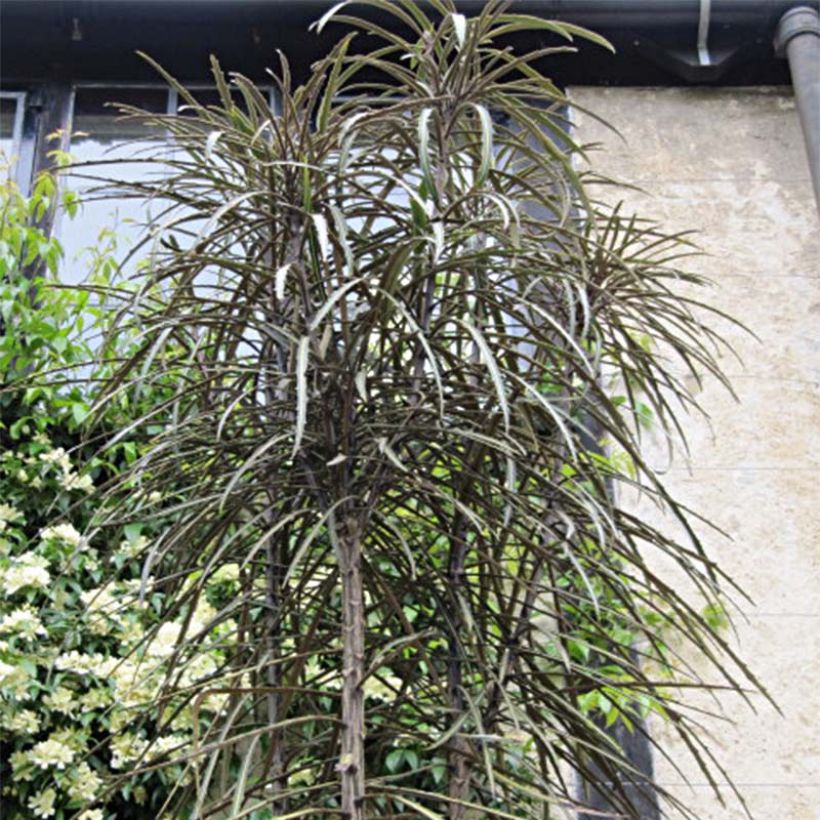

Plant habit
Flowering
Foliage
Botanical data
Pseudopanax
crassifolium
Araliaceae
Oceania
Other Pseudopanax
View all →Planting and care
Pseudopanax is grown in the ground in mild climates, particularly in milder coastal area, where the well-drained, non or slightly calcareous soils and cool, humid summers are perfectly suited to its requirements. Elsewhere, it can be planted in a large pot filled with leaf compost, well-drained at the bottom, and watered with little or no calcareous water. It prefers a partially shaded exposure, or morning sun. Care should be taken to place it sheltered from strong or drying winds to preserve its strange foliage, but not devoid of a certain prehistoric charm.
Planting period
Intended location
Care
Planting & care advice
This item has not been reviewed yet - be the first to leave a review about it.
Similar products
Haven't found what you were looking for?
Hardiness is the lowest winter temperature a plant can endure without suffering serious damage or even dying. However, hardiness is affected by location (a sheltered area, such as a patio), protection (winter cover) and soil type (hardiness is improved by well-drained soil).

Photo Sharing Terms & Conditions
In order to encourage gardeners to interact and share their experiences, Promesse de fleurs offers various media enabling content to be uploaded onto its Site - in particular via the ‘Photo sharing’ module.
The User agrees to refrain from:
- Posting any content that is illegal, prejudicial, insulting, racist, inciteful to hatred, revisionist, contrary to public decency, that infringes on privacy or on the privacy rights of third parties, in particular the publicity rights of persons and goods, intellectual property rights, or the right to privacy.
- Submitting content on behalf of a third party;
- Impersonate the identity of a third party and/or publish any personal information about a third party;
In general, the User undertakes to refrain from any unethical behaviour.
All Content (in particular text, comments, files, images, photos, videos, creative works, etc.), which may be subject to property or intellectual property rights, image or other private rights, shall remain the property of the User, subject to the limited rights granted by the terms of the licence granted by Promesse de fleurs as stated below. Users are at liberty to publish or not to publish such Content on the Site, notably via the ‘Photo Sharing’ facility, and accept that this Content shall be made public and freely accessible, notably on the Internet.
Users further acknowledge, undertake to have ,and guarantee that they hold all necessary rights and permissions to publish such material on the Site, in particular with regard to the legislation in force pertaining to any privacy, property, intellectual property, image, or contractual rights, or rights of any other nature. By publishing such Content on the Site, Users acknowledge accepting full liability as publishers of the Content within the meaning of the law, and grant Promesse de fleurs, free of charge, an inclusive, worldwide licence for the said Content for the entire duration of its publication, including all reproduction, representation, up/downloading, displaying, performing, transmission, and storage rights.
Users also grant permission for their name to be linked to the Content and accept that this link may not always be made available.
By engaging in posting material, Users consent to their Content becoming automatically accessible on the Internet, in particular on other sites and/or blogs and/or web pages of the Promesse de fleurs site, including in particular social pages and the Promesse de fleurs catalogue.
Users may secure the removal of entrusted content free of charge by issuing a simple request via our contact form.
The flowering period indicated on our website applies to countries and regions located in USDA zone 8 (France, the United Kingdom, Ireland, the Netherlands, etc.)
It will vary according to where you live:
- In zones 9 to 10 (Italy, Spain, Greece, etc.), flowering will occur about 2 to 4 weeks earlier.
- In zones 6 to 7 (Germany, Poland, Slovenia, and lower mountainous regions), flowering will be delayed by 2 to 3 weeks.
- In zone 5 (Central Europe, Scandinavia), blooming will be delayed by 3 to 5 weeks.
In temperate climates, pruning of spring-flowering shrubs (forsythia, spireas, etc.) should be done just after flowering.
Pruning of summer-flowering shrubs (Indian Lilac, Perovskia, etc.) can be done in winter or spring.
In cold regions as well as with frost-sensitive plants, avoid pruning too early when severe frosts may still occur.
The planting period indicated on our website applies to countries and regions located in USDA zone 8 (France, United Kingdom, Ireland, Netherlands).
It will vary according to where you live:
- In Mediterranean zones (Marseille, Madrid, Milan, etc.), autumn and winter are the best planting periods.
- In continental zones (Strasbourg, Munich, Vienna, etc.), delay planting by 2 to 3 weeks in spring and bring it forward by 2 to 4 weeks in autumn.
- In mountainous regions (the Alps, Pyrenees, Carpathians, etc.), it is best to plant in late spring (May-June) or late summer (August-September).
The harvesting period indicated on our website applies to countries and regions in USDA zone 8 (France, England, Ireland, the Netherlands).
In colder areas (Scandinavia, Poland, Austria...) fruit and vegetable harvests are likely to be delayed by 3-4 weeks.
In warmer areas (Italy, Spain, Greece, etc.), harvesting will probably take place earlier, depending on weather conditions.
The sowing periods indicated on our website apply to countries and regions within USDA Zone 8 (France, UK, Ireland, Netherlands).
In colder areas (Scandinavia, Poland, Austria...), delay any outdoor sowing by 3-4 weeks, or sow under glass.
In warmer climes (Italy, Spain, Greece, etc.), bring outdoor sowing forward by a few weeks.






























